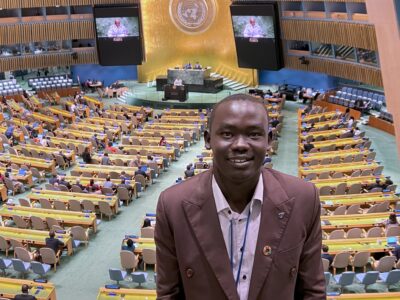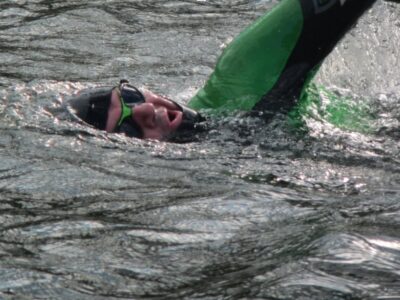This article was first published in the October 5, 2014 edition of the Montana Standard written by Kelly Christensen (kelley.christensen@mtstandard.com). You can view the full version of the article here.

This weekend, students from Montana State University in Bozeman and Columbia University in New York gathered to generate ideas to use Butte’s reclaimed Superfund areas as more than vast swaths of grassland, but as places to foster community participation.
The group, made of mostly master’s degree students in MSU’s college of architecture and Columbia’s Earth Institute sustainability management program, generated three ideas to re-imagine Missoula Gulch as more than unused fields and storm water drainages.
Bradford Watson, an assistant professor of architecture at MSU, said that by reclaiming the open spaces to create places of value to Butte’s citizens, the community can make Missoula Gulch more than a gully for storm water runoff that has long-term operation and maintenance costs without any true civic purpose.
“In the entire record of decision document, there are two sentences about quality of life,” he said. “(Missoula Gulch) is an economic drain on the community without any benefit beyond protecting human health. How do we not only protect people but reclaim this for the community?”
The three proposed projects had a number of solutions.
The first project proposed terracing Missoula Gulch with slight changes in grade and slope to slow storm water. It also proposed using bio-solids from the waste water treatment plant that are currently sent to the landfill to enrich the soil and build a better ecosystem for a number of native plants and trees.
The second project proposed using the Anselmo Mine Yard buildings as a community gathering space to educate the public about Butte’s complex water system, and also as a center that can be used for events.
The project mentioned how the Evergreen Brick Works in Toronto, Canada, a historic brick quarry, was transformed into such a space by a nonprofit organization with the help of grants and community fundraising.
The project proposed using the Anselmo as a starting point for a new landscape meandering up Missoula Gulch, and of a citizen initiative to capture rainwater for gardening and watering lawns instead of funneling it down the hill as runoff.
The final project focused on framing spaces in Butte with large steel frames to demonstrate the use of art in the landscape, and to make parts of Missoula Gulch above the Anselmo a park for Butte residents to interact with the landscape.
Julia Crain, special projects planner for Butte-Silver Bow, said she was impressed that two outside universities are making Butte the focus of their studies about sustainable communities. “There’s been a frustration of, ‘Why do all these people come here and tell us what to do,’” Crain said. “But this is a group of young people who are curious to learn about this place. It shows the importance and power of getting the younger perspective involved in decision-making that’s just not present.”
She said she hopes the Butte community can reorient its criticism into a love of place and into creating a completely new environment in Butte.
“We don’t really know what this place was before, so it can be anything,” she said.
Watson said that Butte’s rich history is a jumping off point for a vibrant future of community participation and intentional reclamation of space.
“Nowhere else in the world do you have a place like this,” he said. “Leverage this and make it more than a pastoral landscape.”







